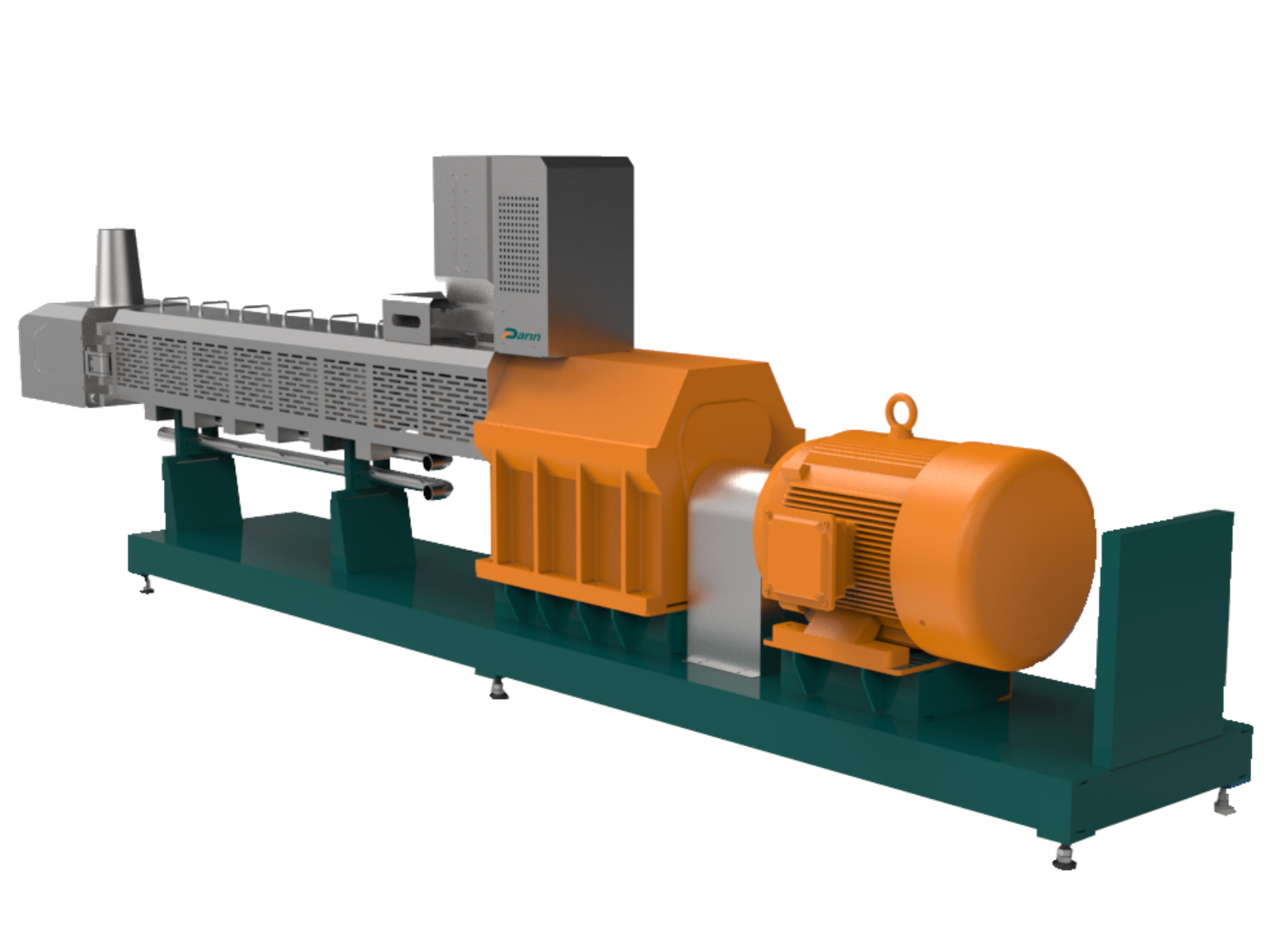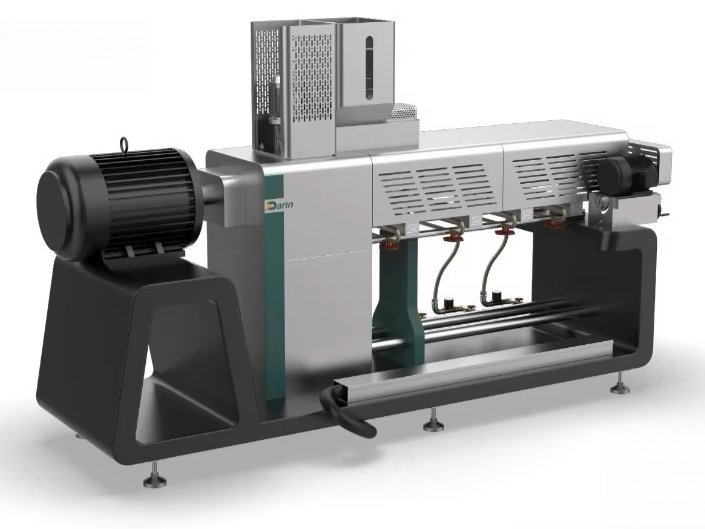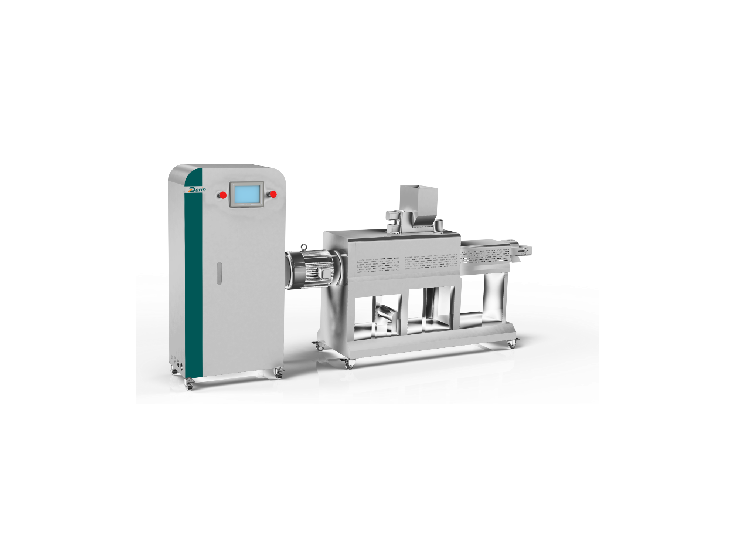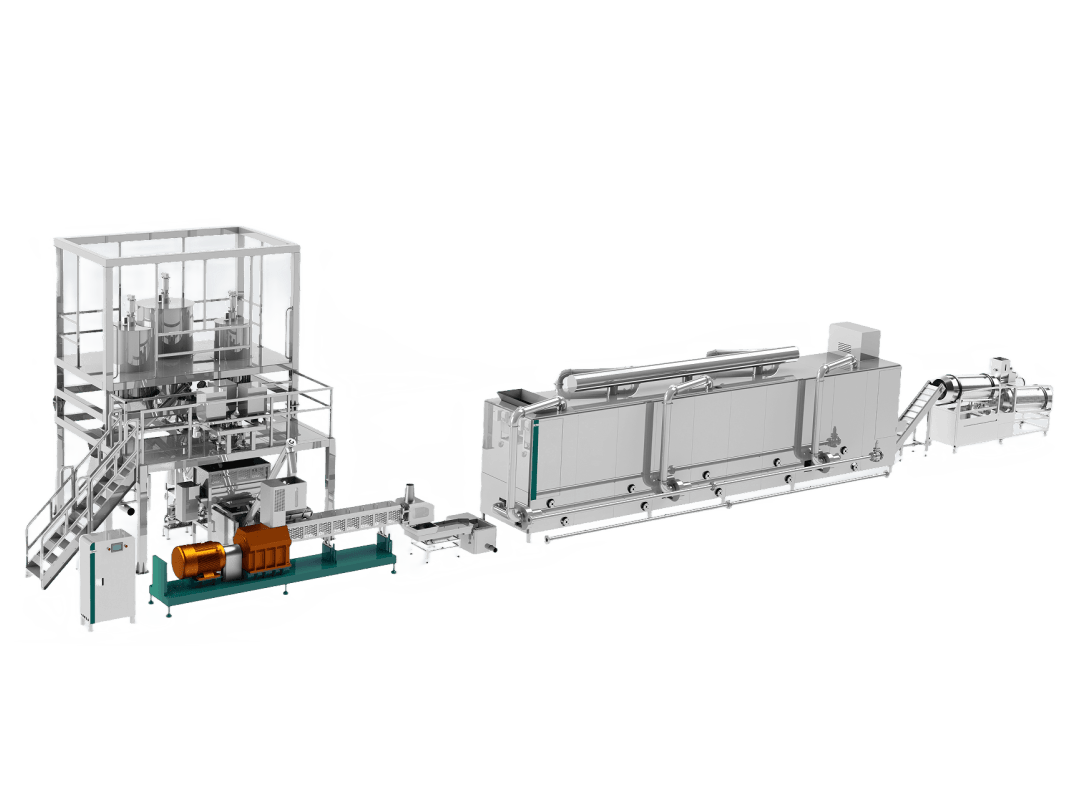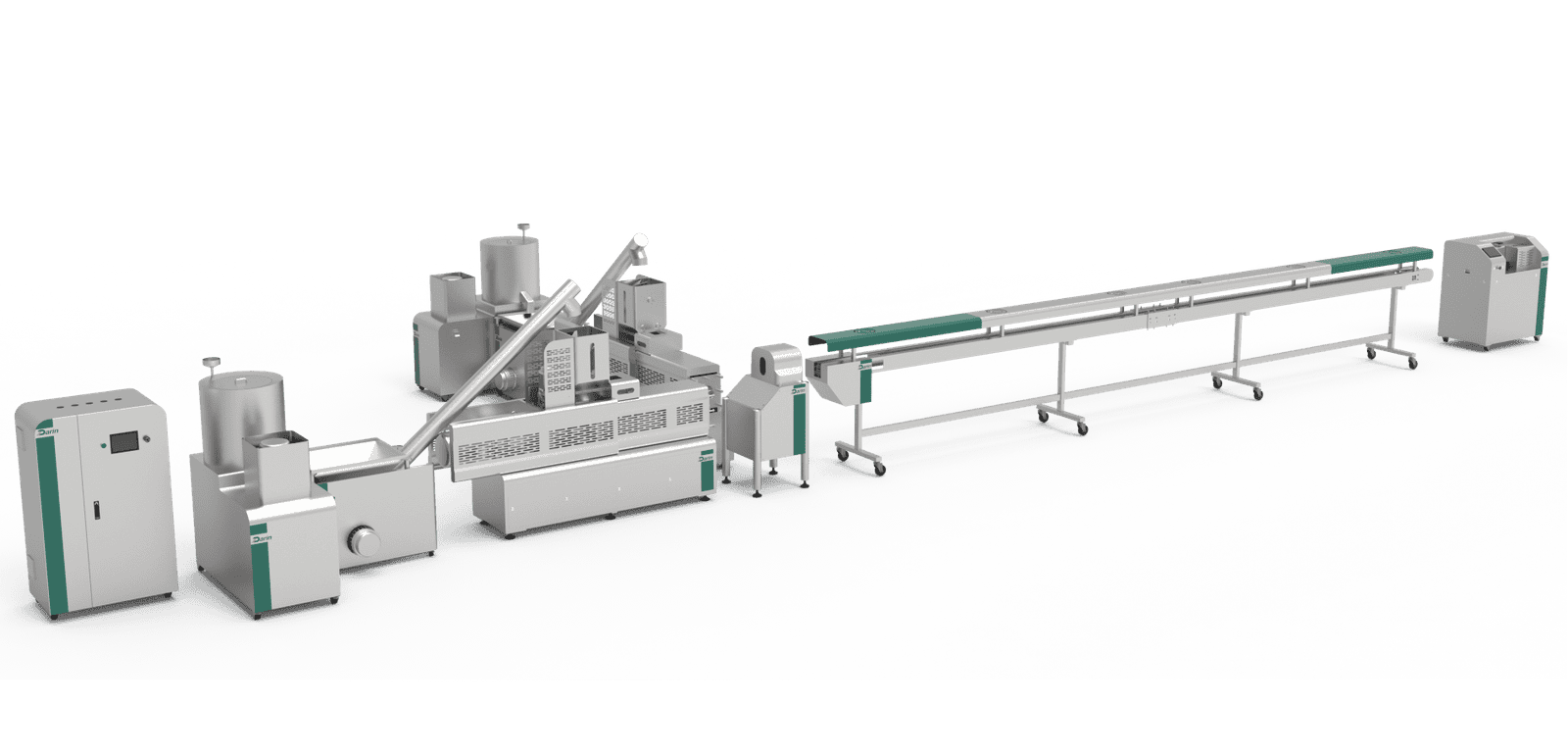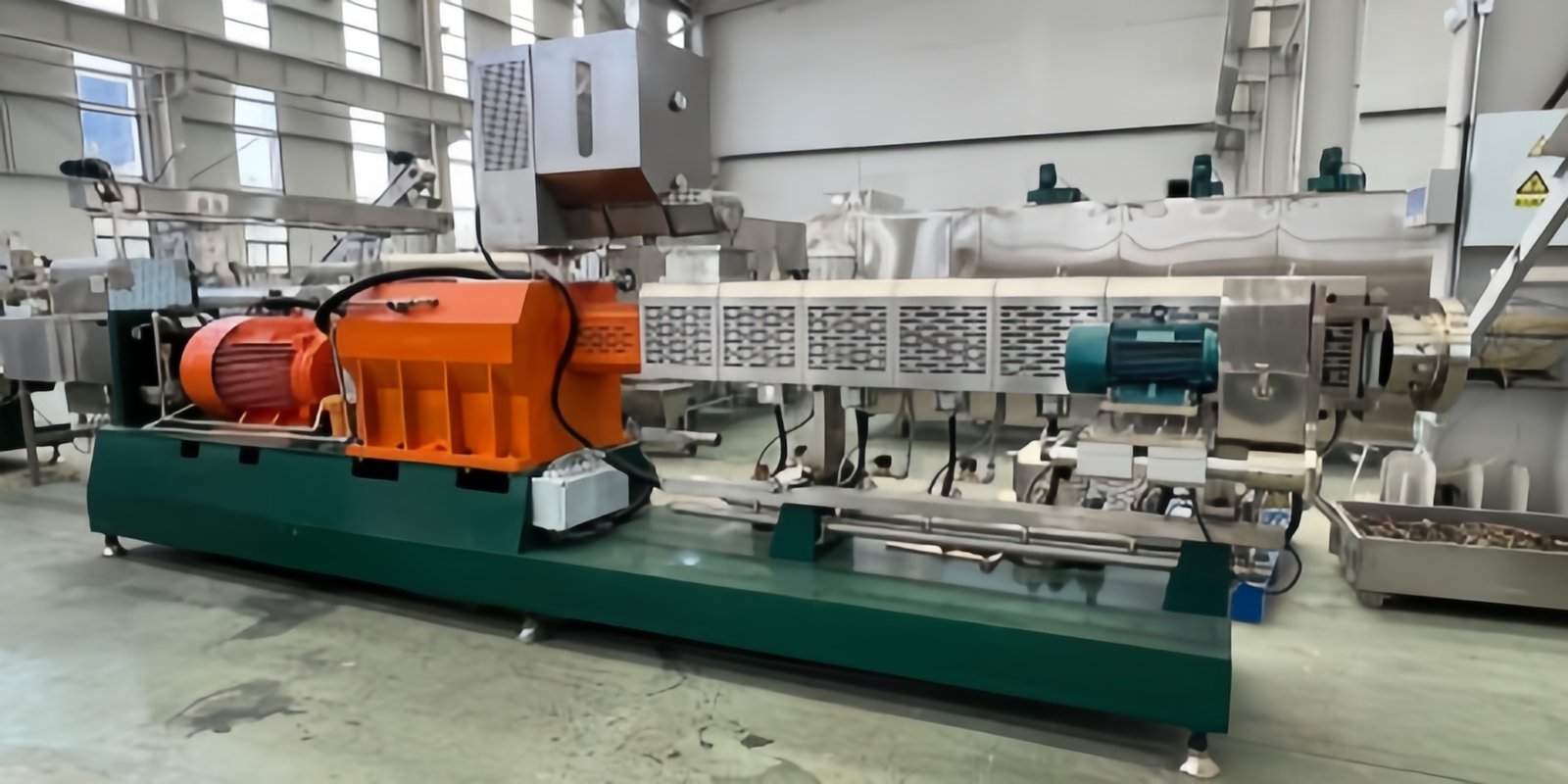
When pet food manufacturers consider expanding or upgrading their facilities, one of the biggest investments is the ligne de production d'aliments secs pour animaux de compagnie. The cost factor is often a major concern—underestimating it can lead to budget overruns, while overestimating may delay profitable operations. A lack of clear cost breakdown can cause confusion in financial planning, affect funding approval, and slow down production launch. The solution is to fully understand each cost component, from machinery and installation to utilities and labor, so you can create an accurate budget and ROI projection before making a purchase decision.
A complete dry pet food production line typically costs between USD 50,000 and USD 2,000,000 depending on capacity (200 kg/h to 10,000 kg/h), automation level, equipment configuration, and brand. Small-scale semi-automatic lines for startups are on the lower end, while high-capacity, fully automated lines with advanced quality control and packaging systems are on the higher end.
To make the most informed investment decision, it’s crucial to dive deeper into cost structures, machine types, and operational factors that influence your budget. Let’s break it down step-by-step.
Fully automated dry pet food production lines always cost more than semi-automatic lines.Vrai
Automation adds components like PLC control systems, servo motors, automatic feeders, and packaging systems, which increase initial investment but reduce long-term labor costs.
1. Major Cost Components of a Dry Pet Food Production Line
| Catégorie de coût | Low-End Estimate (USD) | High-End Estimate (USD) | Key Notes |
|---|---|---|---|
| Core Processing Machinery (extruder, dryer, cooler) | 35,000 | 900,000 | Varies greatly by capacity & brand |
| Auxiliary Equipment (mixers, grinders, conveyors) | 10,000 | 250,000 | Optional but improves efficiency |
| Systèmes d'automatisation et de contrôle | 5,000 | 300,000 | PLC, SCADA, sensors, etc. |
| Machines d'emballage | 8,000 | 250,000 | Manual, semi-auto, or fully auto |
| Installation et mise en service | 5,000 | 50,000 | Includes training |
| Facility Preparation (flooring, utilities) | 5,000 | 80,000 | Often underestimated |
| Spare Parts & Maintenance Tools | 2,000 | 20,000 | Recommended for first 2 years |
| Total Estimated Range | 50,000 | 2,000,000 | Highly dependent on choices |
2. Factors Influencing the Cost
A. Production Capacity
- Small Scale (200–500 kg/h): For startups or test labs. Cost: \$50,000–\$150,000.
- Medium Scale (1–3 tons/h): For growing regional brands. Cost: \$200,000–\$800,000.
- Large Scale (5–10+ tons/h): For mass production. Cost: \$1,000,000–\$2,000,000.
B. Automation Level
- Semi-automatic: Lower initial cost, higher labor needs.
- Fully automatic: Higher investment, but faster ROI through reduced labor and consistent quality.
C. Equipment Configuration
- Standard lines may only include basic processing, while advanced lines integrate mixing, grinding, extrusion, drying, cooling, coating, and packaging in one flow.
3. Example Price Scenarios
| Scénario | Capacité | Niveau d'automatisation | Configuration | Coût estimé (USD) |
|---|---|---|---|---|
| Startup Pet Food Brand | 300 kg/h | Semi-auto | Mixer, extruder, dryer | 65,000 |
| Mid-size Regional Manufacturer | 2,000 kg/h | Fully auto | Mixer, grinder, twin-screw extruder, dryer, cooler, coater, auto-packaging | 450,000 |
| Large Industrial Plant | 8,000 kg/h | Fully auto | Full integration with bulk handling, inline quality control, palletizing | 1,800,000 |
4. Operational Costs to Consider After Purchase
| Catégorie | Typical Monthly Range (USD) | Notes |
|---|---|---|
| Travail | 2,000 – 15,000 | Depending on region and staff count |
| Utilities (Electricity, Gas, Water) | 1,500 – 20,000 | Extrusion & drying are power-intensive |
| Entretien et pièces de rechange | 500 – 5,000 | Prévenir les temps d'arrêt |
| Matières premières | 5,000 – 100,000 | Directly tied to production volume |
| Packaging Materials | 1,000 – 15,000 | Bags, labels, sealing |
5. How to Reduce Costs Without Sacrificing Quality
- Choose the right capacity – Avoid oversizing, which wastes energy and capital.
- Opt for modular upgrades – Start with essentials, add automation later.
- Select reliable suppliers – High-quality machines reduce downtime costs.
- Negotiate package deals – Get discounts on complete line purchases.
- Invest in training – Skilled operators extend equipment life.
Conclusion
A dry pet food production line is a significant but highly rewarding investment if properly planned. By carefully balancing capacity, automation, and configuration, you can ensure a production line that meets both your budget and long-term growth goals.
For professional guidance, Darin Machinery offers customized dry pet food production lines tailored to your budget, product formula, and market demands—helping you achieve efficient, profitable, and high-quality manufacturing.
📩 Contact Darin Machinery today to get your free, tailored cost proposal.


